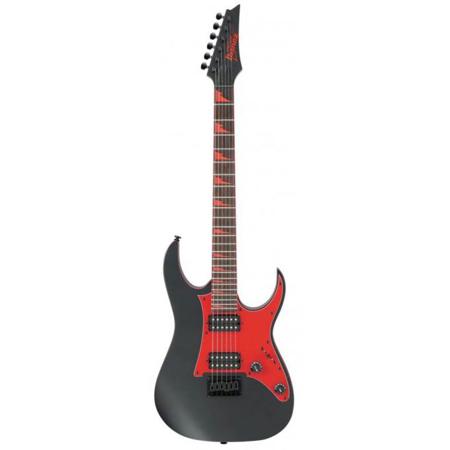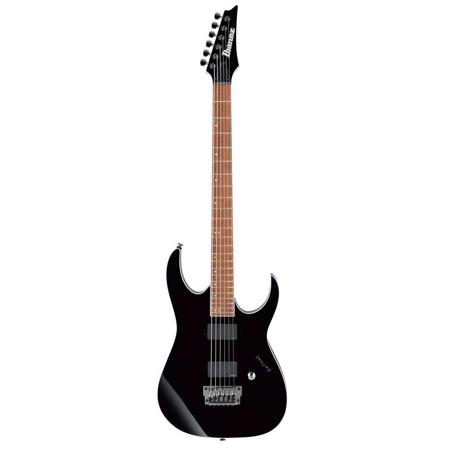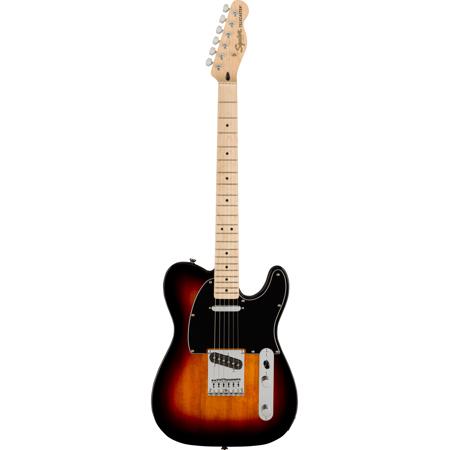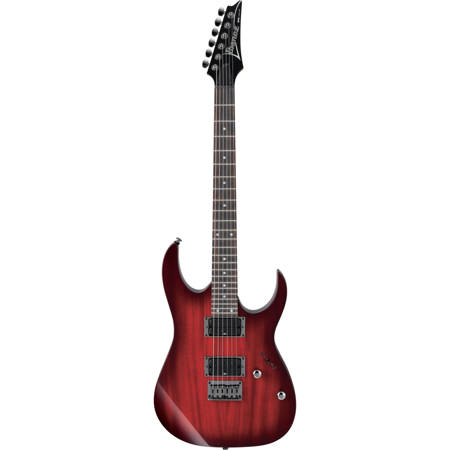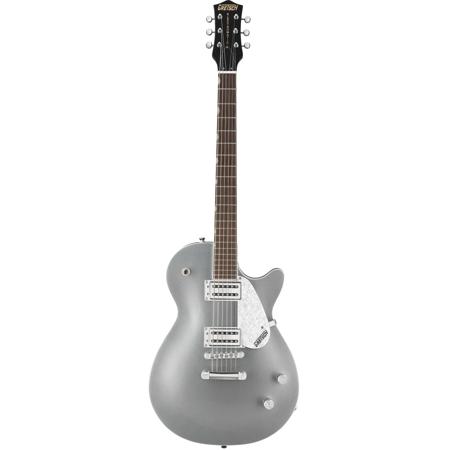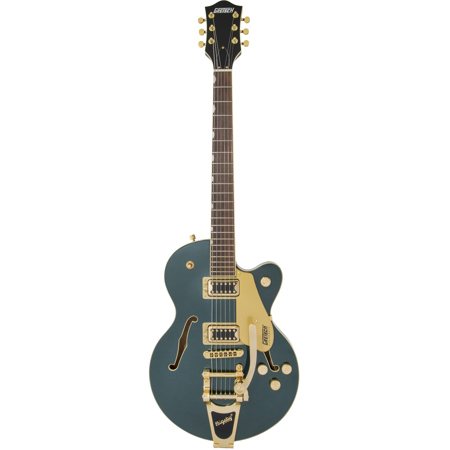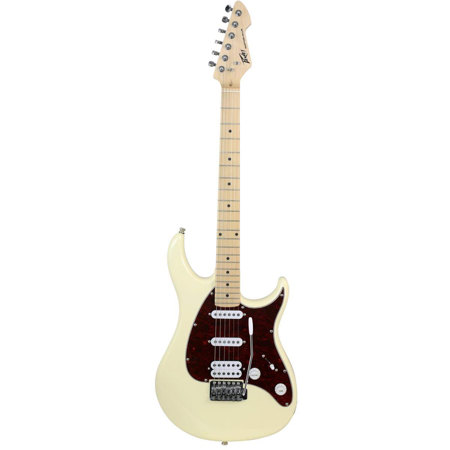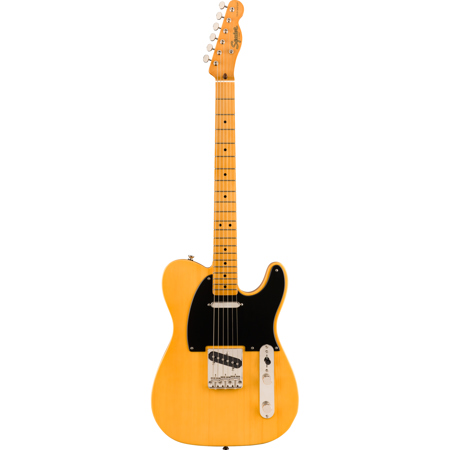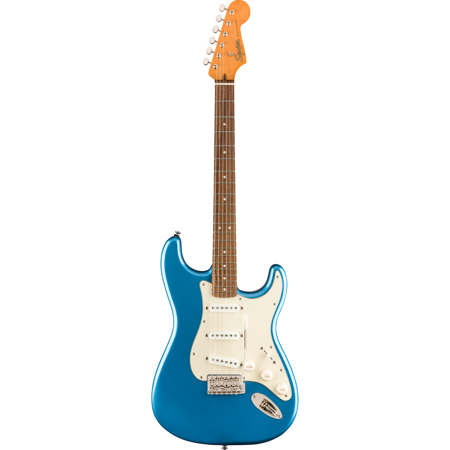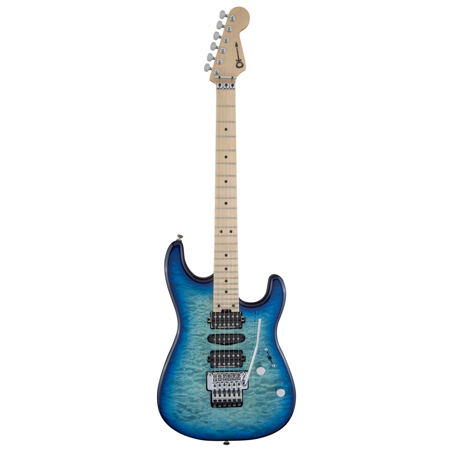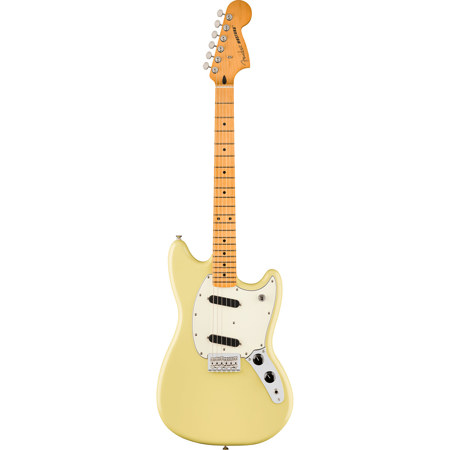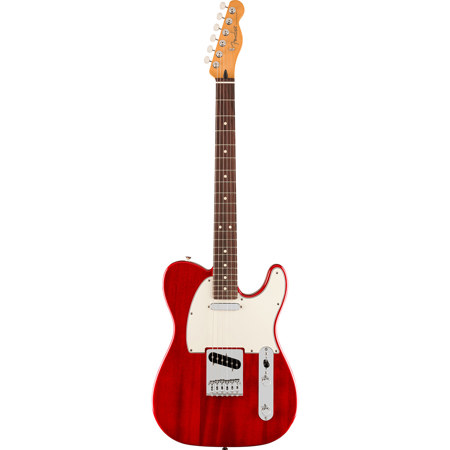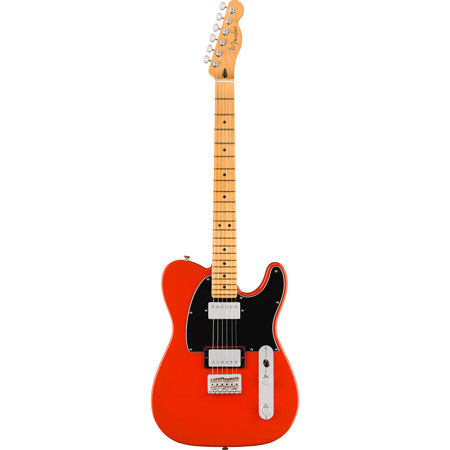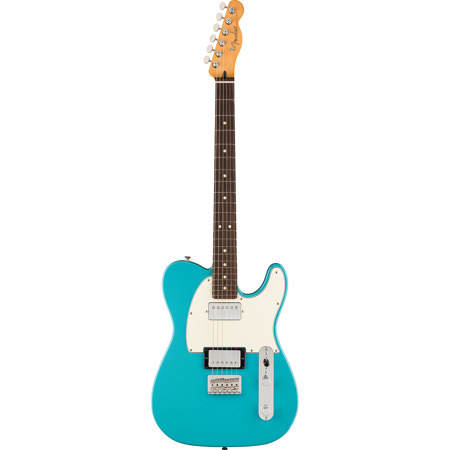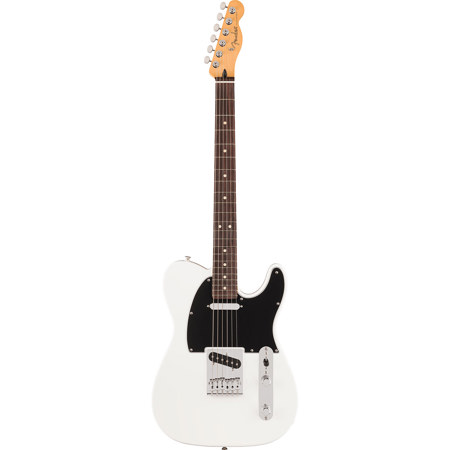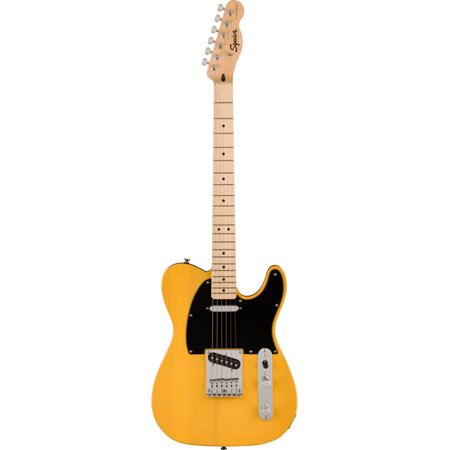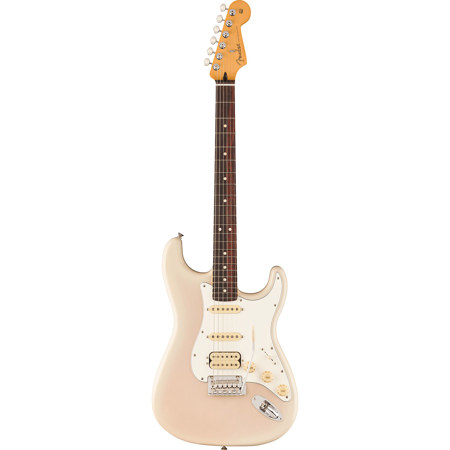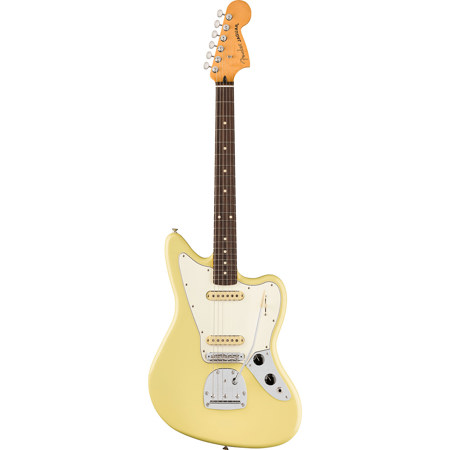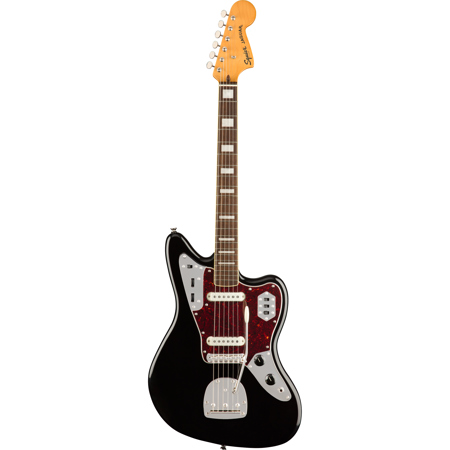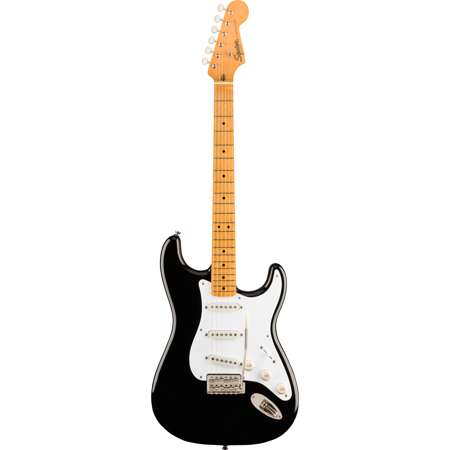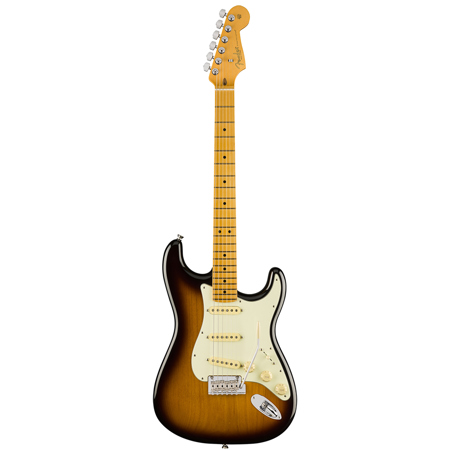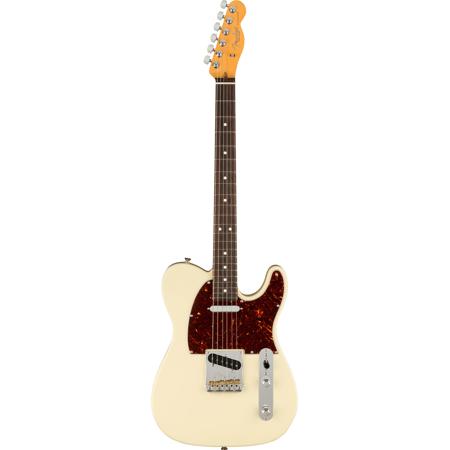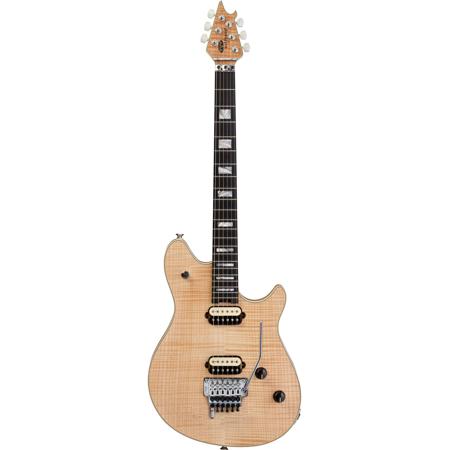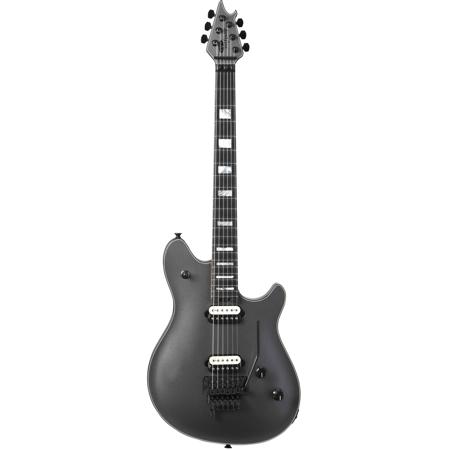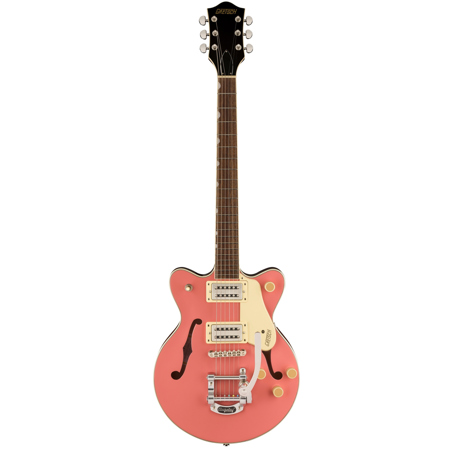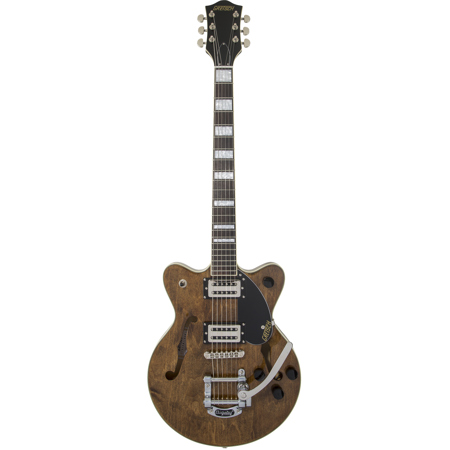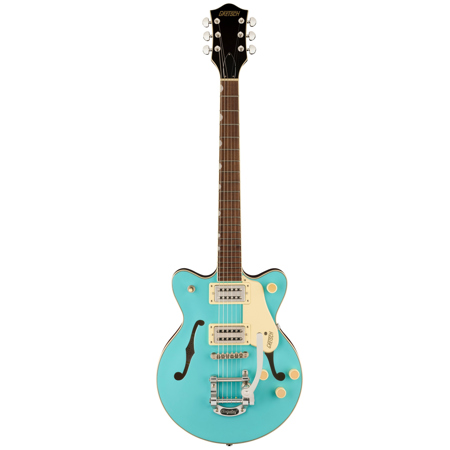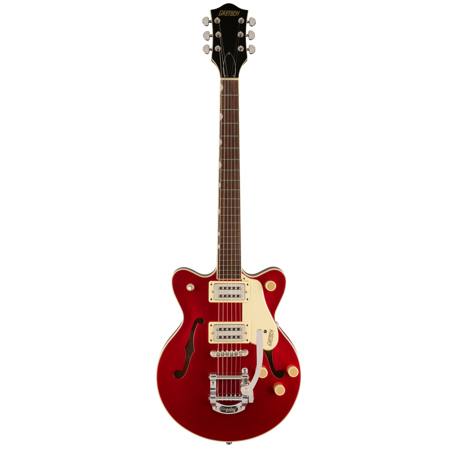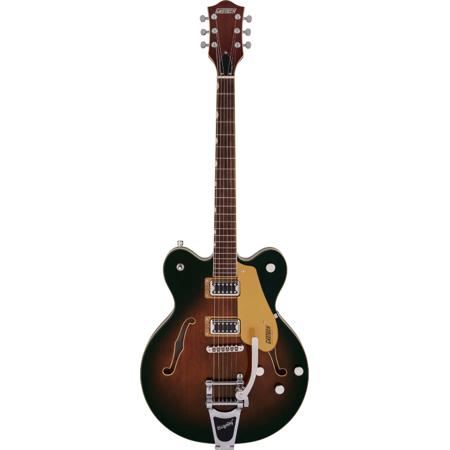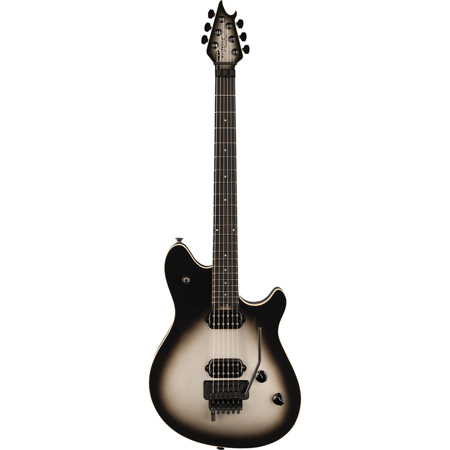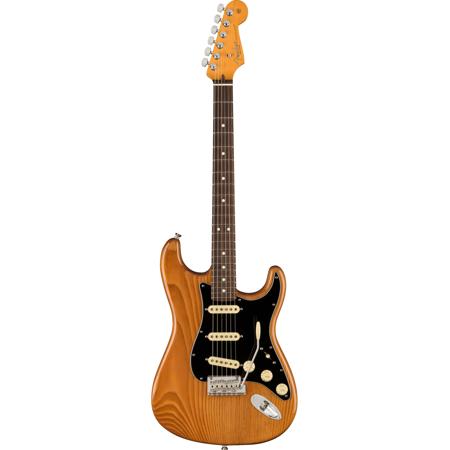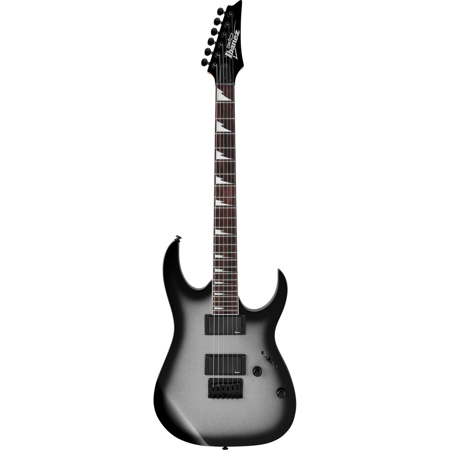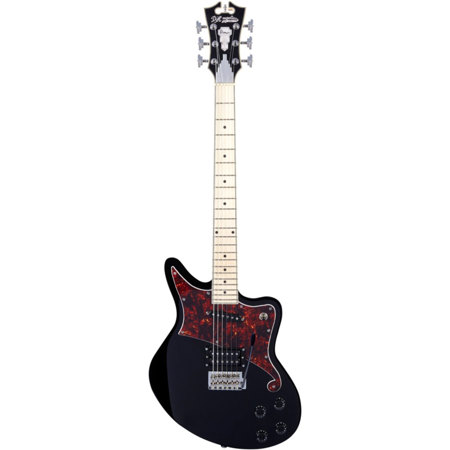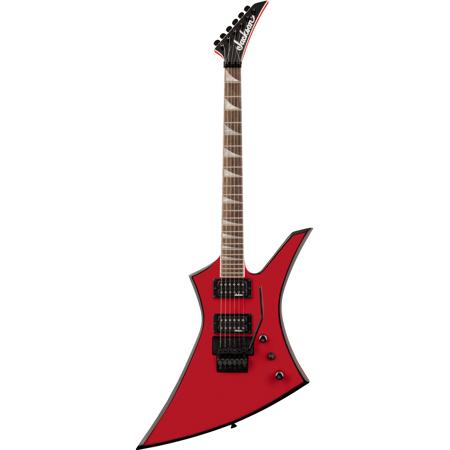First Electric Guitar
The first electric guitar is more than just an instrument—it’s a rite of passage that marks the beginning of a lifelong journey into the world of music. Whether you’re shopping for yourself, a teenager eager to join a band, or a loved one who’s always dreamed of learning to play, choosing that first electric guitar is a moment filled with excitement and anticipation. As spring gives way to summer, there’s an unmistakable energy in the air, making it the perfect season to pick up a new hobby or rekindle an old passion. You can almost picture the scene: the sun streaming through a bedroom window, the gentle hum of an amplifier, and the first tentative strum that echoes with possibility. For many, the first electric guitar is a gift that opens up a world of creativity, self-expression, and connection—whether it’s the centerpiece of a birthday surprise, a graduation reward, or simply a spontaneous gesture to encourage someone’s musical aspirations.
When selecting a first electric guitar, there are several important factors to consider to ensure the experience is as enjoyable and rewarding as possible. Comfort is key, especially for beginners who will spend hours practicing chords and scales. A guitar with a smooth neck, manageable weight, and accessible controls can make all the difference in maintaining enthusiasm and preventing frustration. The size and shape of the body should feel natural, and the action—the distance between the strings and the fretboard—should be low enough to allow for easy fretting without sacrificing tone. For younger players or those with smaller hands, a slightly scaled-down model might be ideal, while adults may prefer a full-size instrument that offers a richer sound and more sustain. Versatility is another consideration; a guitar with a range of tonal options can accommodate a variety of musical styles, from bluesy bends to crunchy rock riffs or sparkling clean pop melodies. Many first-time players appreciate the ability to experiment with different genres, discovering what resonates most with their personal taste. Durability and reliability are also essential, as a sturdy instrument can withstand the inevitable bumps and knocks of everyday use, whether it’s being carried to lessons, jam sessions, or summer backyard gatherings.
For those seeking inspiration or aiming to capture the timeless appeal of classic models, exploring the American Original Electric Guitar collection can provide valuable insight into the heritage and craftsmanship that define some of the most beloved instruments in music history. While a first electric guitar doesn’t need to be a high-end collectible, understanding what sets certain designs apart can help new players appreciate the nuances of tone, playability, and style. Accessories also play a crucial role in shaping the beginner’s experience. A comfortable strap, a reliable tuner, and a quality amplifier are all worthwhile investments, while a sturdy gig bag or case ensures the guitar stays protected on the go. As the days grow longer and the urge to create grows stronger, the first electric guitar becomes more than just a purchase—it’s an invitation to explore, express, and embark on a musical adventure that can last a lifetime. Whether it’s the thrill of nailing that first chord progression, the camaraderie of playing with friends, or the quiet satisfaction of personal progress, the journey begins with the right instrument in hand.
When selecting a first electric guitar, there are several important factors to consider to ensure the experience is as enjoyable and rewarding as possible. Comfort is key, especially for beginners who will spend hours practicing chords and scales. A guitar with a smooth neck, manageable weight, and accessible controls can make all the difference in maintaining enthusiasm and preventing frustration. The size and shape of the body should feel natural, and the action—the distance between the strings and the fretboard—should be low enough to allow for easy fretting without sacrificing tone. For younger players or those with smaller hands, a slightly scaled-down model might be ideal, while adults may prefer a full-size instrument that offers a richer sound and more sustain. Versatility is another consideration; a guitar with a range of tonal options can accommodate a variety of musical styles, from bluesy bends to crunchy rock riffs or sparkling clean pop melodies. Many first-time players appreciate the ability to experiment with different genres, discovering what resonates most with their personal taste. Durability and reliability are also essential, as a sturdy instrument can withstand the inevitable bumps and knocks of everyday use, whether it’s being carried to lessons, jam sessions, or summer backyard gatherings.
For those seeking inspiration or aiming to capture the timeless appeal of classic models, exploring the American Original Electric Guitar collection can provide valuable insight into the heritage and craftsmanship that define some of the most beloved instruments in music history. While a first electric guitar doesn’t need to be a high-end collectible, understanding what sets certain designs apart can help new players appreciate the nuances of tone, playability, and style. Accessories also play a crucial role in shaping the beginner’s experience. A comfortable strap, a reliable tuner, and a quality amplifier are all worthwhile investments, while a sturdy gig bag or case ensures the guitar stays protected on the go. As the days grow longer and the urge to create grows stronger, the first electric guitar becomes more than just a purchase—it’s an invitation to explore, express, and embark on a musical adventure that can last a lifetime. Whether it’s the thrill of nailing that first chord progression, the camaraderie of playing with friends, or the quiet satisfaction of personal progress, the journey begins with the right instrument in hand.
